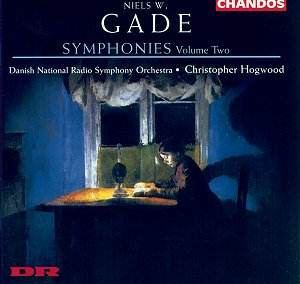 Composer: Darius Milhaud
Composer: Darius Milhaud
Works: String Quartet No. 12, Op. 252; String Quartet in G minor by Claude Debussy; String Quartet in F by Maurice Ravel
Performers: Quartetto Italiano (Paolo Borciani, Elisa Pegreffi, violins; Piero Farulli, viola; Franco Rossi, cello)
Recording: Recorded in the Basilica, Milan, 23 January 1954 (Debussy and Milhaud in mono), 1959 (Ravel in stereo)
Label: EMI
Darius Milhaud’s String Quartet No. 12, composed in 1945, emerges as a luminous testament to the composer’s unique voice, honed through his distinct blend of French impressionism and the influences of American jazz. This quartet, along with the iconic quartets of Debussy and Ravel, forms a compelling triad on the Quartetto Italiano’s latest release. The historical significance of these works cannot be overstated, particularly as they represent pivotal developments in the string quartet repertoire of the early 20th century, each bringing forth its own rich tapestry of sound and emotion.
The Quartetto Italiano, a stalwart of the chamber music scene since 1945, brings a level of interpretative depth that is both refreshing and reverent. Their Debussy is marked by an infectious vitality; the second movement’s pizzicati are executed with a guitar-like agility that captures the essence of the music’s playful spirit. The ensemble’s rhythmic precision allows the finale to unfold with an exhilarating tension that renders each phrase palpable. Ravel’s quartet, too, is treated with the care it demands. The second movement, particularly, is rendered with such a riveting clarity that one can almost visualize the harmonic interplay as it unfolds, a testament to the performers’ deep understanding of the composer’s intricate textures.
Milhaud’s Twelfth Quartet, often overshadowed by the more frequently performed quartets by his contemporaries, receives a commanding rendition here. The first movement radiates a sunny disposition, with a tunefulness that invites repeated listening. The intimacy of the second movement, whispered and delicate, stands in stark contrast to the exuberance of the concluding movement, marked “avec entrain.” This section bursts forth with vivacious rhythms, showcasing the players’ technical prowess and their ability to convey a sense of joyful invention. The ensemble’s uniformity of thought and interpretative spirit creates a compelling narrative that breathes life into each movement.
The recording quality, particularly in the Ravel and Debussy selections, benefits from the advancements in engineering that accompany the later recording sessions. The clarity and balance are commendable, allowing the intricate dialogues between instruments to emerge with vividness, while the earlier mono recording of the Milhaud quartet, although slightly less transparent, captures the warmth and camaraderie within the ensemble.
When juxtaposed with contemporary interpretations, such as the Alban Berg Quartet’s acclaimed recordings of the same works, the Quartetto Italiano’s performances hold their own while offering a distinct charm that harks back to a golden age of chamber music. Their expressive phrasing and nuanced dynamics present a fresh yet respectful reading of these masterpieces.
This recording is an essential addition to the discography of both Milhaud and the French quartet repertoire. It serves not only as an homage to the significant works of the early 20th century but also as an invitation to explore Milhaud’s lesser-known quartets. The Quartetto Italiano’s advocacy for Milhaud’s music is a cause for celebration, and their interpretations of Debussy and Ravel further enrich the experience. Each work resonates with a life of its own, beautifully articulated through the ensemble’s synergy and artistry.



